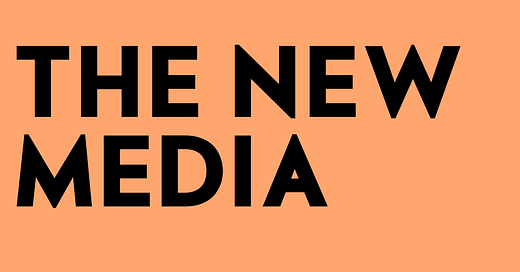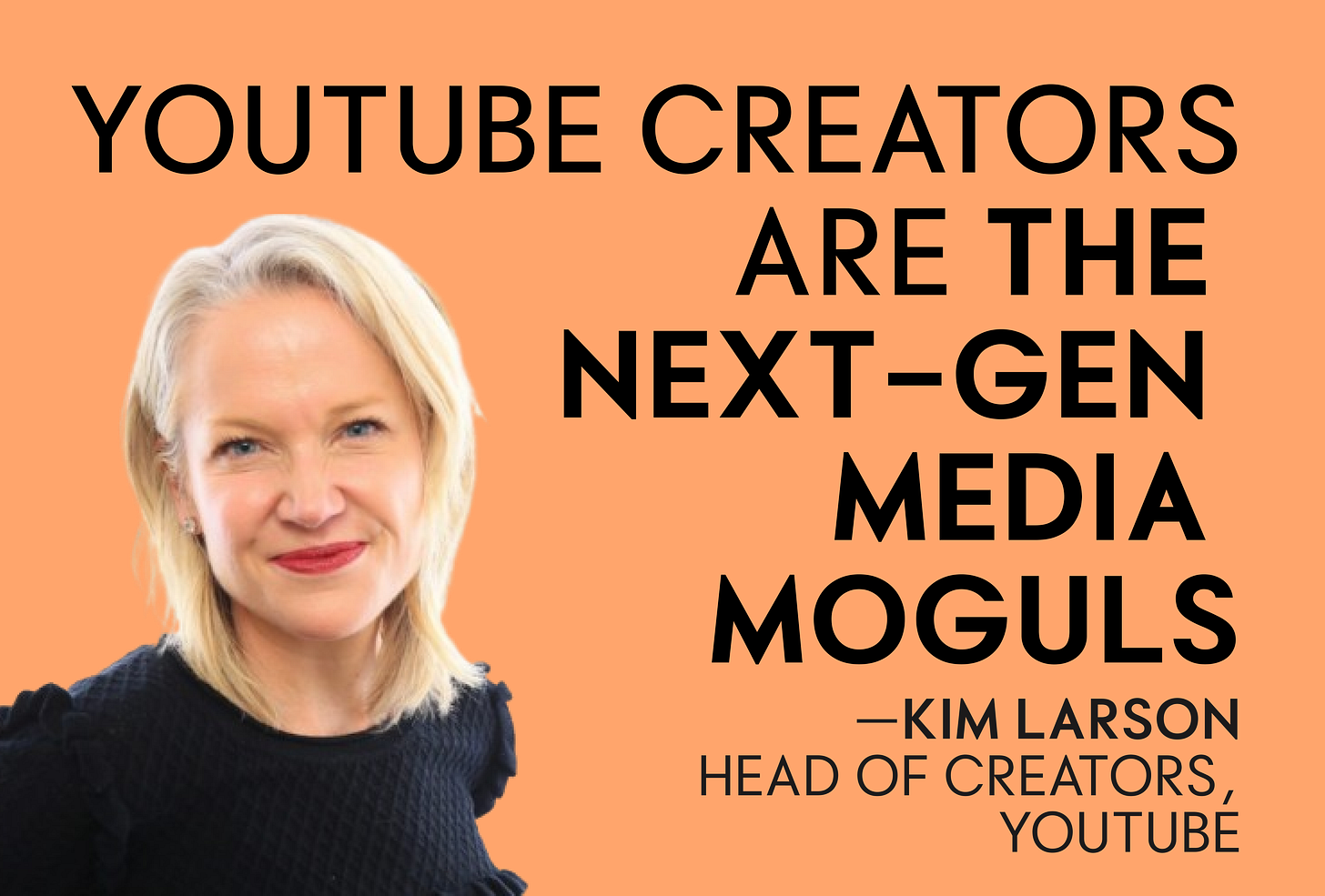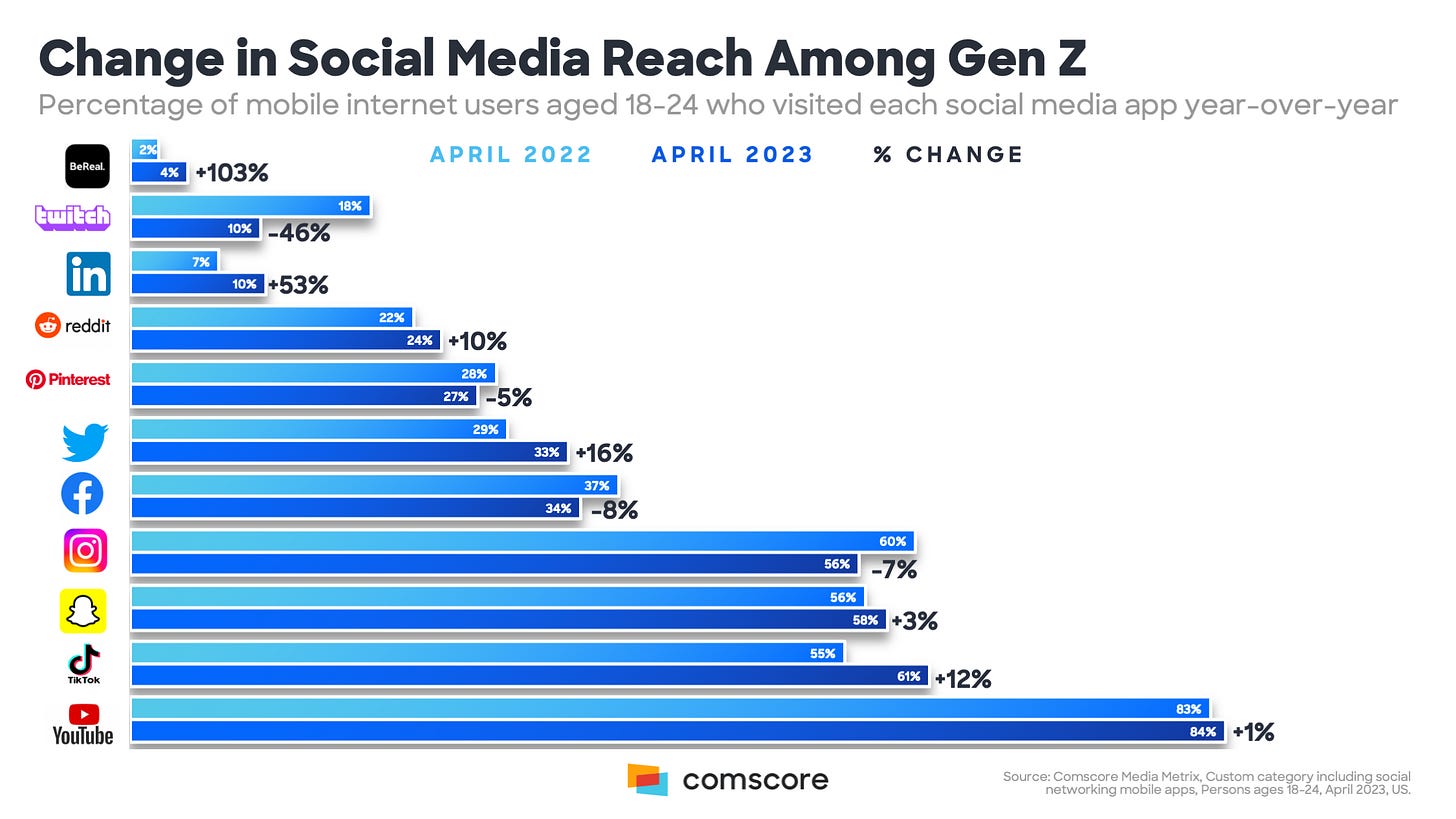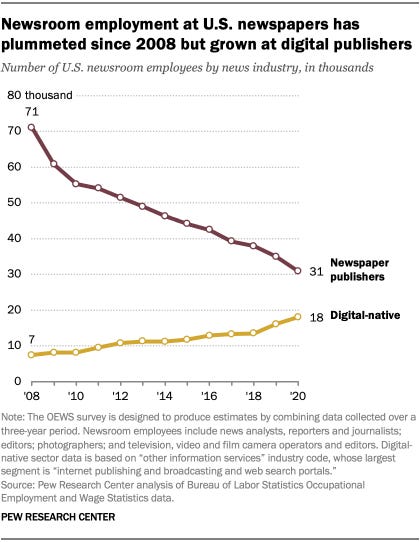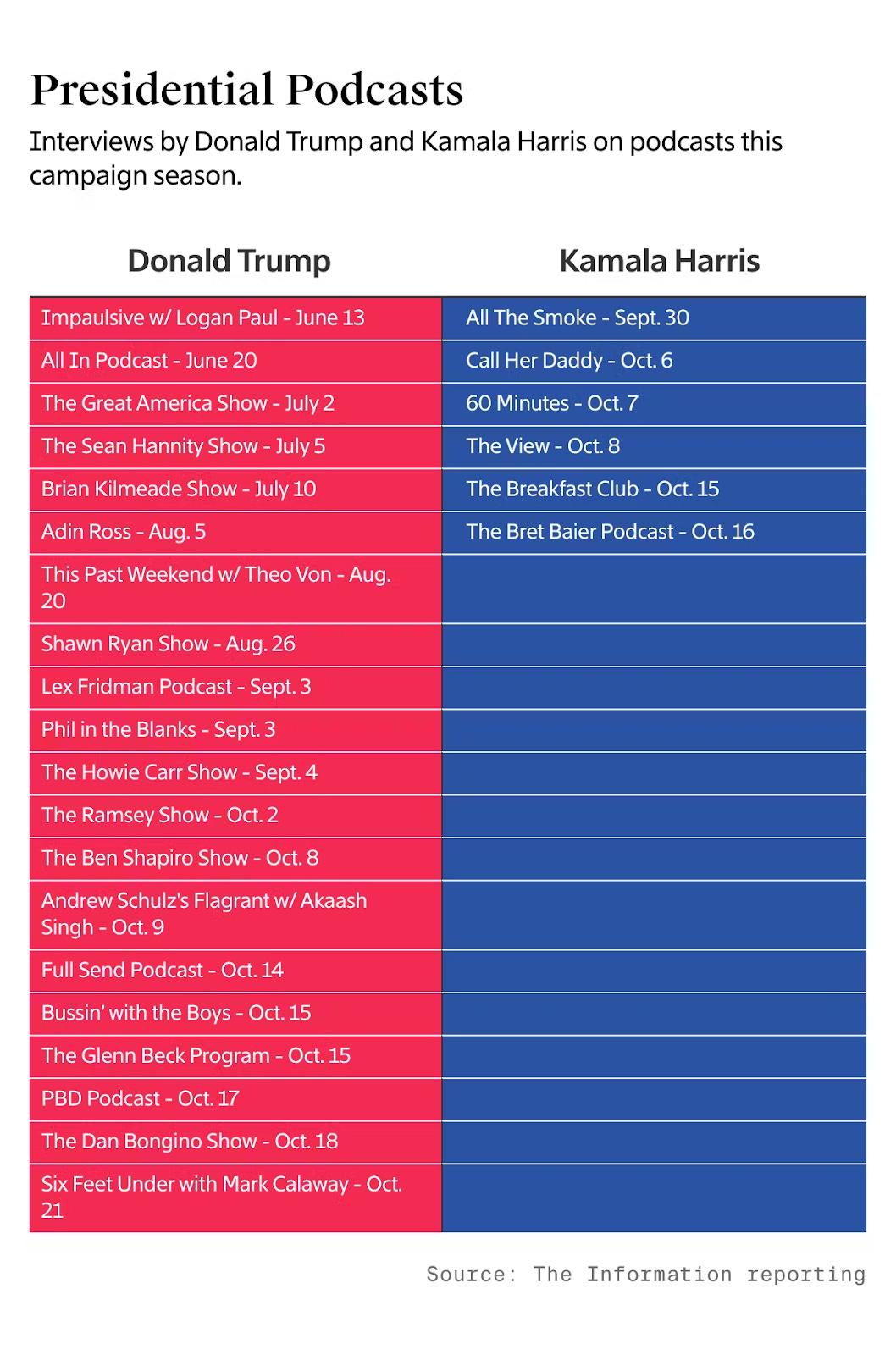The New Media
Legacy media is crumbling. Creators are taking over. For decades, traditional media—TV, radio, and print—controlled what we watched, read, and heard. But that’s changing.
Welcome back to another edition of NEW ECONOMIES, which is rooted in my experiences working in venture. We’re living in extraordinary times—the most exciting era ever for technology, with groundbreaking trends emerging constantly that will redefine how we live and work in the future. Join me on this journey—subscribe to NEW ECONOMIES to stay ahead of the curve in technology. We’re just getting started!
THIS WEEK’S SPONSOR: ATTIO
Attio is the CRM for the AI era. Connect your email, and Attio instantly builds your CRM—with every company, every contact, and every interaction you’ve ever had, enriched and organized.
You can also build AI-powered automations and use its research agent to tackle some of your most complex business processes, freeing you to focus on what matters the most: building your company.
Join industry leaders such as: Flatfile, Replicate, Modal, Union Square Ventures and more. Try the CRM that’s built for the future—loved by customers.
When I first opened Attio, I instantly got the feeling this was the next generation of CRM.
—Attio Customer.
For decades, traditional media—TV, radio, and print—controlled what we watched, read, and heard. But that’s changing.
Digital platforms are democratizing content, and it’s no longer just the big networks shaping stories—it’s creators. Welcome to a new kind of media defined by social platforms, podcasts, blogs, YouTube channels, and newsletters—most of them built by independent creators.
In this edition, we explore how the media landscape is evolving—from politicians using podcasts to reach voters, to the rise of direct-to-consumer newsletters, the impact of AI, and where the future of media is heading.
THE NEW MEDIA
Right now, there’s a clear divide between traditional journalists rooted in legacy media and the new wave of creator-journalists who see social media as the future of journalism. Independent journalists—also known as creators—now have the opportunity to take control of their networks, amplify their voices, and shape the content they produce. They can choose what to post, when to post, and who to reach. If they wish, they can also explore various monetization options, including paid subscriptions, tipping and brand partnerships.
With the new media landscape evolving, the way we consume content is also changing.
THE WAY WE CONSUME INFORMATION IS CHANGING
Unlike cable TV, platforms like YouTube, TikTok, Meta, and X offer real-time content and diverse formats. Some key shifts:
1. Sports events moving to streaming platforms
Traditional broadcast isn’t the default anymore. Platforms like Netflix, Prime Video, and Apple TV+ are acquiring live sports rights, giving fans more flexibility and control over how they watch.
2. Real-time political updates on X
During the U.S. election, major updates broke first on X. Politicians, journalists, and citizens shared real-time commentary, bypassing traditional filters. Social platforms are now primary sources of news.
3. Documentary-style content on YouTube
Creators are producing deep-dive, high-quality documentaries on niche topics—from internet culture to true crime—rivaling traditional networks in storytelling and production.
4. TikTok as a search engine
Gen Z is using TikTok to search for everything—restaurants, study hacks, news. Visual, short-form content is replacing text-based searches.
5. Podcasts replacing traditional interviews
Podcasts like The Joe Rogan Experience, Call Her Daddy, and SmartLess are driving long-form conversations that outperform late-night talk shows in engagement and relevance.
6. Livestream shopping goes mainstream
Influencers and brands are selling products live on TikTok and Instagram. It’s shopping as entertainment—and it’s booming.
7. Artists going viral without labels
Artists like Ice Spice and Lil Nas X went viral on platforms like TikTok and SoundCloud, bypassing traditional gatekeepers and building careers off of one breakout moment.
The media landscape isn’t changing, it has already changed.
THE MEDIA LANDSCAPE HAS ALREADY CHANGED
In 2023, the National Union of Journalists reported nearly 7,000 jobs lost in the UK alone, with similar layoffs in the U.S. BuzzFeed, Vice, and other legacy publishers restructured to survive.
In January 2024, over 900 journalism jobs were cut across the U.K. and U.S.—a sharp rise from 210 in February. Affected outlets included The Washington Post, The Wall Street Journal, BBC World Service, CNN, NBC News, Forbes, and Dotdash Meredith.
Meanwhile, digital-first media is thriving.
YouTube creators are receiving acquisition offers.
Creators are landing million-dollar brand deals.
Top Substack writers are earning more than ever.
THE U.S. ELECTION USED PODCASTS TO WIN VOTERS OVER
Figures like Donald Trump and Kamala Harris are leaning into podcasts to connect with voters—reaching audiences where they’re already listening.
Trump appeared on The Ben Shapiro Show, Joe Rogan, and The Glenn Beck Program, while Harris joined Call Her Daddy and 60 Minutes.
Why? Because podcasts allow them to bypass traditional media and speak directly—and more authentically—to target demographics.


